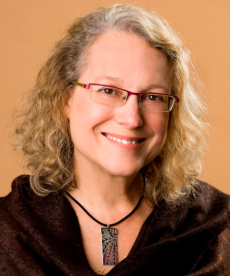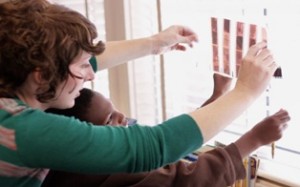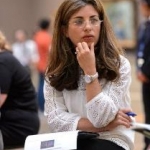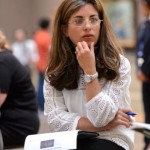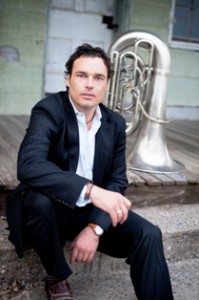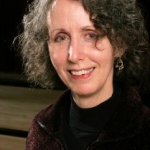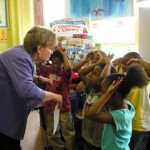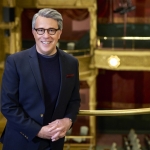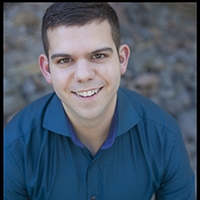
Kelby McIntyre-Martinez
Access and Community Based Arts Education – Building a Bridge
Posted by Apr 02, 2014

Kelby McIntyre-Martinez
“We dance, sing, and tell stories too, you know? And we are pretty good at it,” Merlene age 12 at the time, informed me as I was finishing up my theatre and dance class with the middle school boys. From that point on, the Theatre and Dance Education Program at the Hartland Partnership Center took off.
My name is Kelby McIntyre-Martinez and I am the Director of the Theatre and Dance Education Program at the University of Utah Hartland Partnership Center in Salt Lake City. Since 2008, I have had the privilege of working with an amazingly diverse population that encompasses non-native English speaking youth from immigrant and refugee backgrounds.
The Hartland Partnership Center is part of an expanded effort by the University of Utah toward civic engagement—a recognition that active collaboration between University and community groups can enhance learning, teaching, and research. In addition, University/community partnerships bring the strength of combined resources to bear on urban issues. The key to Hartland Partnership Center’s success is sustainability and reciprocity. This model works because the resources fit the reality and a culture of reciprocal sharing and learning permeates the center. The mission of the Hartland Partnership Center provides space for a broad range of campus-community partnership activities. Bringing these activities to Hartland residents helps equip them with all the tools and resources needed to more fully participate in the broader Salt Lake community, including the performing arts.
Read More





















